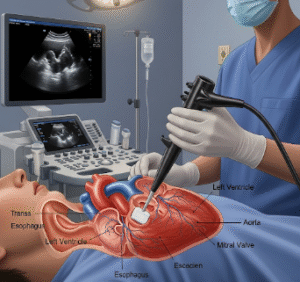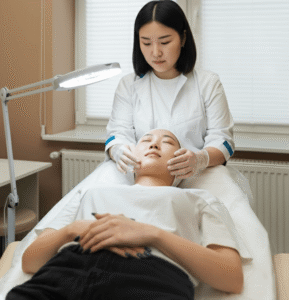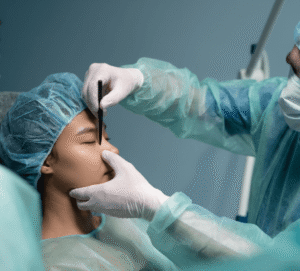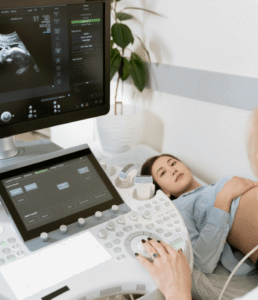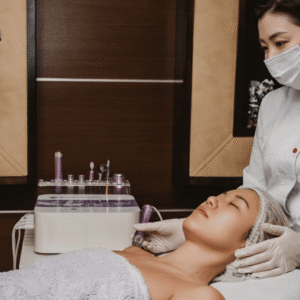Overview
A corneal ulcer is an open sore on the cornea, the clear front surface of the eye. It is a serious eye condition that can result in severe pain, vision impairment, and, if untreated, permanent blindness. South Korea provides advanced ophthalmology services for the diagnosis, management, and treatment of corneal ulcers, ensuring prompt care to prevent complications.
What is a Corneal Ulcer?
A corneal ulcer occurs when the cornea’s protective epithelial layer is damaged and becomes infected. The infection can be bacterial, viral, fungal, or parasitic. Corneal ulcers often develop after corneal trauma, contact lens misuse, or pre-existing eye conditions.
Symptoms
Common symptoms include:
- Severe eye pain and redness
- Blurred or decreased vision
- Sensitivity to light (photophobia)
- Excessive tearing or discharge
- White or gray spot on the cornea
- Swelling of eyelids
Causes
- Bacterial infections (most common)
- Viral infections, including herpes simplex virus
- Fungal infections, particularly after agricultural injuries
- Parasitic infections, such as Acanthamoeba
- Eye trauma, scratches, or foreign objects
- Improper use or prolonged wear of contact lenses
Risk Factors
- Contact lens wearers, especially those who sleep in lenses
- Eye injuries or corneal trauma
- Poor hygiene or improper eye care
- Weakened immune system
- Pre-existing eye conditions such as dry eye or blepharitis
Complications
- Permanent vision loss or blindness if untreated
- Corneal scarring
- Spread of infection to other parts of the eye
- Recurrent corneal ulcers
- Eye perforation in severe cases
Prevention
- Maintain strict hygiene with contact lenses
- Avoid rubbing eyes, especially with unclean hands
- Wear protective eyewear during high-risk activities
- Promptly treat eye injuries and infections
- Regular eye check-ups for those with chronic eye conditions
Treatment Options in Korea
South Korea offers world-class ophthalmology care for corneal ulcers, including advanced diagnostic tools and treatment options:
- Diagnosis
- Slit-lamp examination to assess corneal damage
- Corneal scraping for culture to identify infectious organisms
- Fluorescein staining to detect ulcer extent
- Medication
- Antibiotic eye drops for bacterial ulcers
- Antiviral medications for viral ulcers
- Antifungal drops or oral medications for fungal infections
- Pain management with topical or systemic analgesics
- Protective Measures
- Temporary eye patching in some cases to promote healing
- Avoidance of contact lens use until fully healed
- Surgical Intervention
- Corneal transplantation (keratoplasty) for severe or non-healing ulcers
- Amniotic membrane grafts to promote corneal healing
Hospitals and Clinics Providing Care in Korea:
- Seoul National University Hospital, Ophthalmology Department
- Samsung Medical Center Eye Clinic
- Asan Medical Center Ophthalmology


